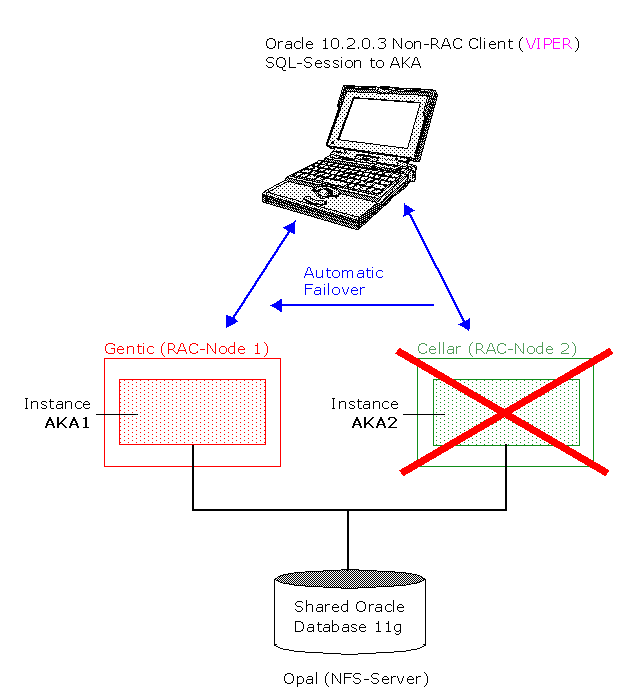
Starting Oracle SQL Developer, creating a new database connection, and browsing the HR tables. This practice covers the following topics: SQL is the language that is Oracleused to communicate with the server to access, manipulate, and control data. The Oracle server supports ANSI-standard SQL and contains extensions. Oracle Enterprise Manager Grid Control 10 g, which you use to manage and automate administrative tasks across sets of systems in a grid environment Use. Services that can be integrated nd reused Oracle Fusion Middleware with which you develop, deploy, and manage modular business & Only. Oracle Database 11 g with which you store and manage i formation by using SQL. Operations and governed by data integrity constraints. Relational database management systems are composed of objects or relations. Oracle Corporation produces products and services to meet your RDBMS needs. With the Oracle server, you can store and manageĬopyright © 2009, Oracle. Relational databases are composed of relations, managed by relational operations, and governed by data integrity constraints. – The capabilities to use the major application development environments such as PL/SQL, Java/JDBC. – The existing information management capabilities 

In this lesson, you should have learned that: Using the ORDER BY Clause in Set Operations.Applying Additional Conditions to a Join.Creating Three-Way Joins with the ON Clause.Using Table Aliases with the USING Clause.Retrieving Records with the USING Clause.Restricting Group Results with the HAVING Clause.Using the GROUP BY Clause on Multiple Columns.Creating Groups of Data: GROUP BY Clause Syntax.Using the TO_CHAR and TO_DATE Function with RR Date Format.Using the TO_NUMBER and TO_DATE Functions.

Using the TO_CHAR Function with Numbers.Using ROUND and TRUNC Functions with Dates.Using the Character-Manipulation Functions.Using the Double-Ampersand Substitution Variable.Specifying Column Names, Expressions, and Text.Character and Date Values with Substitution Variables.Using the Single-Ampersand Substitution Variable.Defining Conditions Using the Logical Operators.Pattern Matching Using the LIKE Operator.Membership Condition Using the IN Operator.Range Conditions Using the BETWEEN Operator.Relational and Object Relational Database Management Systems.Oracle Enterprise Manager Grid Control 10g.







 0 kommentar(er)
0 kommentar(er)
